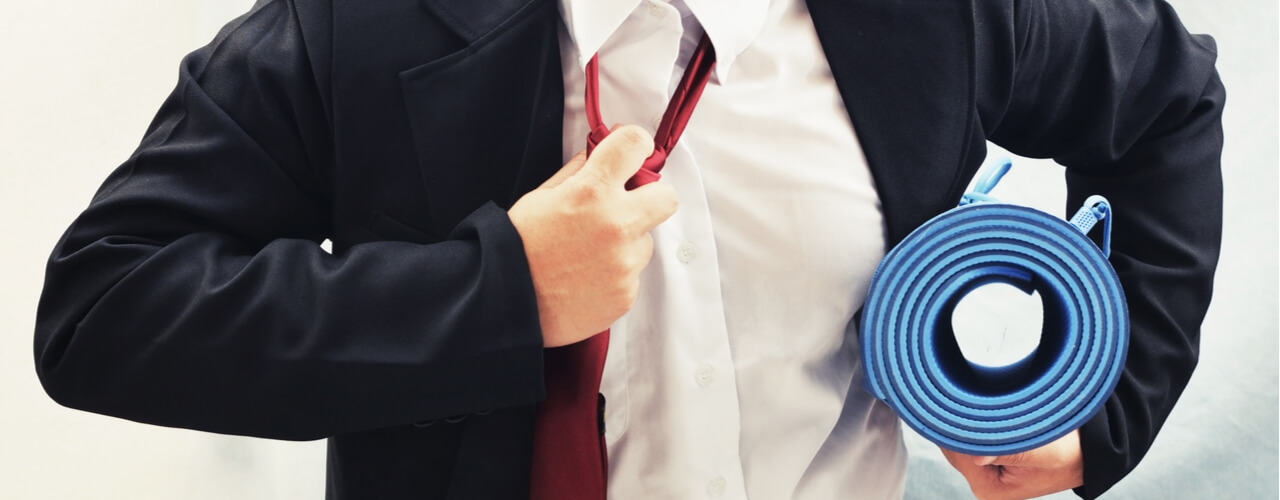Sitting at your desk for eight hours a day, Monday through Friday, can be both tiring and unhealthy. In fact, for most people, being in front of the computer all day with minimal movement can lead to sore legs, swollen ankles and/or back pain.
To combat the sedentary nature of a desk job, you need to work toward implementing a healthier lifestyle overall, which will also boost your productivity. It all starts with regular exercise, but perhaps your office doesn’t have an on-site gym or your work schedule is such that you’re unable to visit one regularly. So, to give you an idea of what kind of exercises and stretches you can do at work, we asked several fitness experts to help us design the best office workout.
Some of the best fitness trainers in the U.S. shared their tips to help office workers achieve a healthy lifestyle, even with that 9 to 5 work schedule. For this article, our experts included:
- Priscilla Rojas, aka Coach P – Fitness Trainer & CEO of Street Hiits
- Cynthia Davila Czarnecki – CEO of Cynthia Czarnecki Fitness
- Vanessa Brown – CEO of Be ONE by V
- Roya Siroospour – CEO of RoyaFit
- Nicolette Amarillas – Postural Specialist & Strength Coach – Nicolette A. Wellness
- Rob Piela – Creator and Owner of Gotham Gym
First, we asked what motivated them to become fitness trainers. They all quoted their passion for exercise and the ability to help others achieve their goals.
- Coach P: “I decided to become a fitness trainer because I was passionate about movement, and I wanted to expose other people to the ways that it could change their lives.”
- Cynthia: “I moved into the training business after retiring from a 19-year professional dance career. It just seemed like the very thing to do to keep moving and working with the body.”
- Vanessa: “I saw how much it improved my overall life that I wanted to help others feel what I feel. Being ‘fit’ always seemed like something out of reach for me until I finally found what worked and I actually got the results I wanted. It’s not difficult when you have a plan.”
- Roya: “I fell in love with fitness at the very young age of 13. I realized at that age what fitness did for my mood and wellbeing. It was my therapy and helped me manage stress levels, depression and self-esteem. I then wanted to share this with the world and help others feel better inside and out.”
- Nicolette: “I became a coach because of my own passion for movement. I played sports and danced all through high school. In college, I wanted to find a way to continue to move and be active and found that the gym was a place I felt comfortable and eager to learn!”
- Rob: “I decided to become a fitness trainer because I enjoyed helping people reach all of their health- and fitness-related endeavors.”
However, there’s no cookie-cutter exercise plan that fits everyone, so we asked the trainers what they take into account when determining the perfect plan for a client:
- Coach P: “Before beginning a working relationship with any potential client, I always have a 30-minute, sit-down introduction session with them. I ask a series of questions to find out what their goals are, how serious and committed they are, and if working together would be a good fit. I accept new clients only when I believe it would be a mutually beneficial relationship.”
- Cynthia: “You have to really pay attention and take into account someone’s daily life when constructing a plan for that person. Not one plan fits for all clients.”
- Vanessa: “It all depends on where their current activity level is, their lifestyle and muscular imbalances, along with any pain they may feel. I perform an assessment to see their movements, I ask a lot of questions about what they feel and about their nutrition. Then, I assess the most efficient way to help them reach their goals.”
- Roya: “I listen and ask a lot of questions, then build a program that is customized for their exact needs.”
- Nicolette: “As a postural specialist, I start clients off with a comprehensive posture and movement assessment. I assess their posture and movement visually and also take many measurements to see where imbalances are that will influence the quality of their movement. From there, I create programming to not only get them to their fitness goals, but also get them moving more efficiently, with less pain and with more confidence.”
- Rob: “I identify what the client’s goal is through a series of basic questions and plan accordingly.”
When it comes to gym equipment and items that you should have in your office, the experts had several tips:
- Coach P: “To be honest, your own body is your most important exercise tool. The human body is a multidimensional and multidirectional tool – it isn’t until you understand the movement patterns of your own body that you would be able to master any other tool. Now, if you’re asking for a more advanced fitness-goer, then I’d say resistance bands because they provide resistance to multidirectional patterns and are convenient to travel with.”
- Vanessa: “Definitely an SMR (Self-Myofascial Release) tool, such as a foam roller, trigger point ball or massage gun, resistance band (mini band), BOSU balls, physio balls or weighted balls.”
- Roya: “Resistance bands and handle elastic bands.”
- Nicolette: “A foam roller, lumbar support for your chair, proper ergonomics and a desk that can be adjusted easily/changed.”
- Rob: “Your body can be a great and effective tool if used properly.”
Here are the best exercises for office workers, by muscle groups:
1 Legs
- Squats, chair squats, and squat jumps

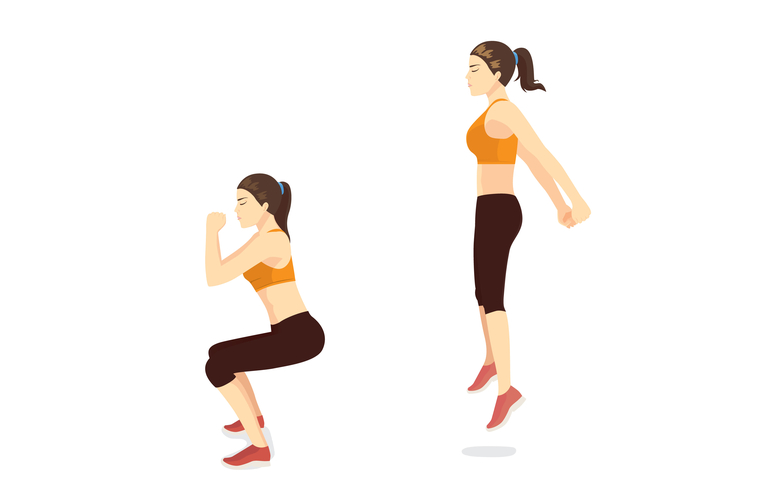
- Alternating lunges and lunge jumps

- Calf raises
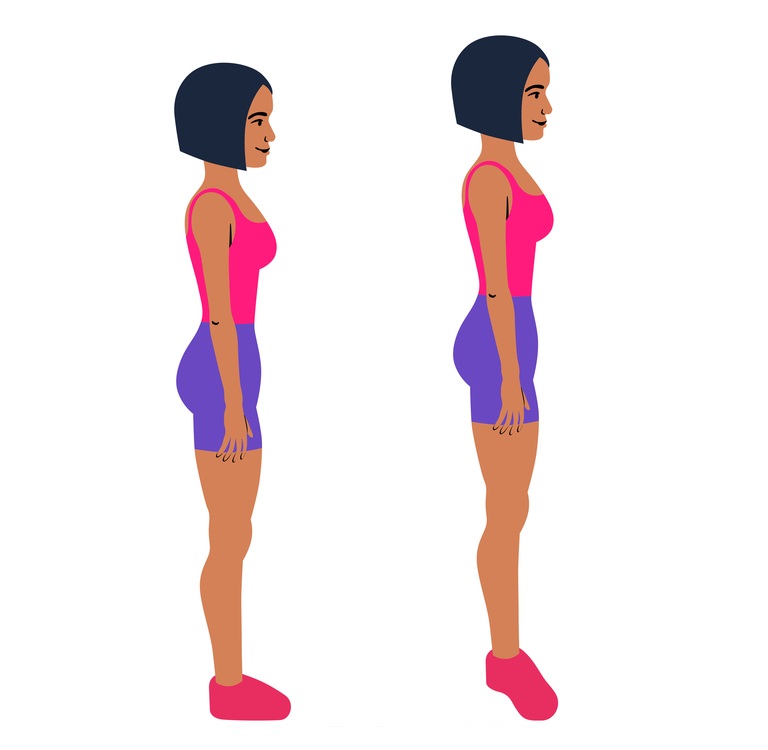
- Glute bridges (with or without a resistance band)
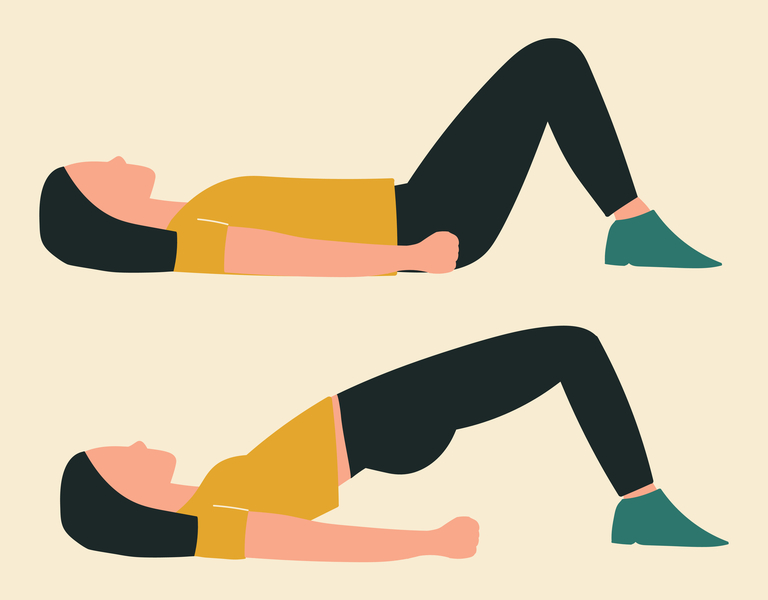
- Single-leg Bulgarian split squats (using your chair)
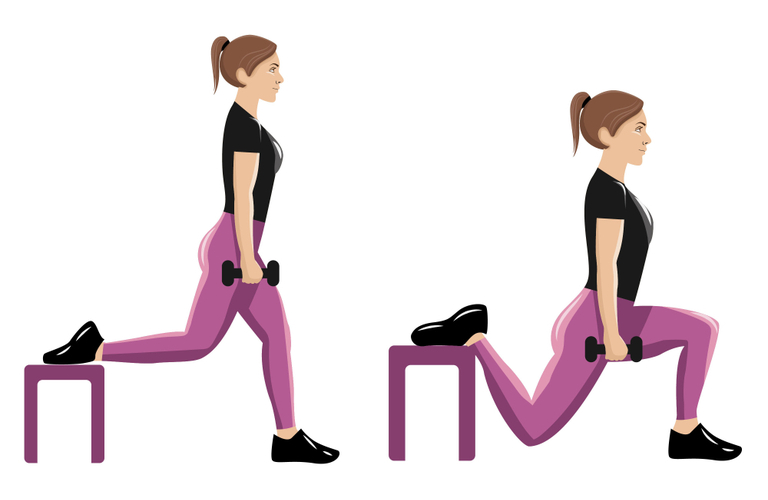
- Single-leg step-ups (using your chair)
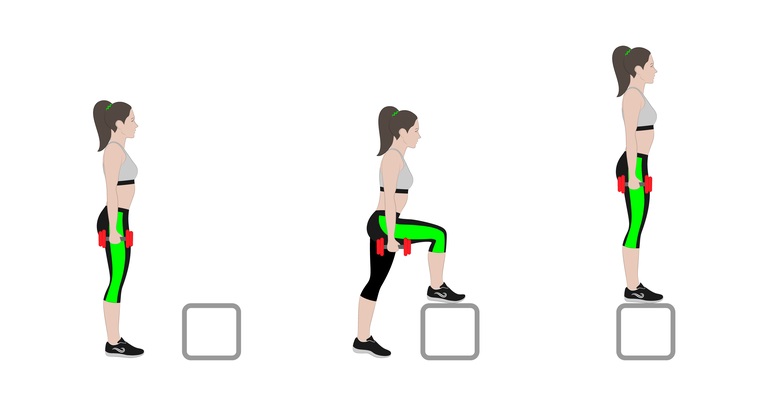
- Good-mornings (with a weight on your shoulders, lift and lower your torso, keeping your back straight)
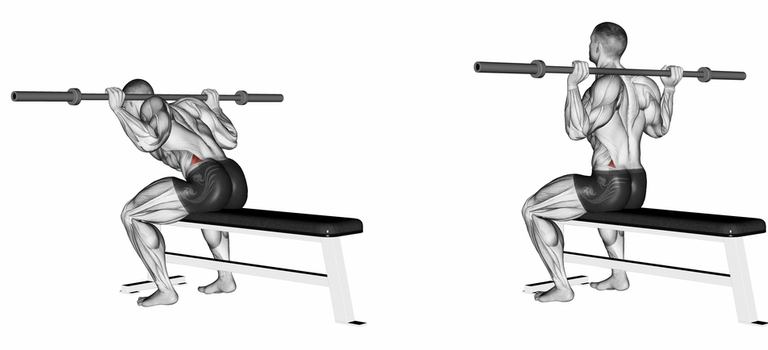
2 Arms and Back
- Rowing (can be done with a band)

- Push-ups (straight or incline)
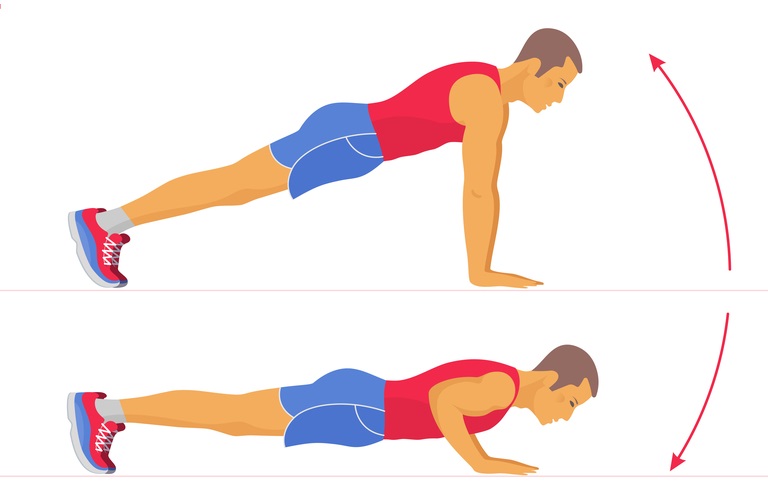
- Chair tricep dips
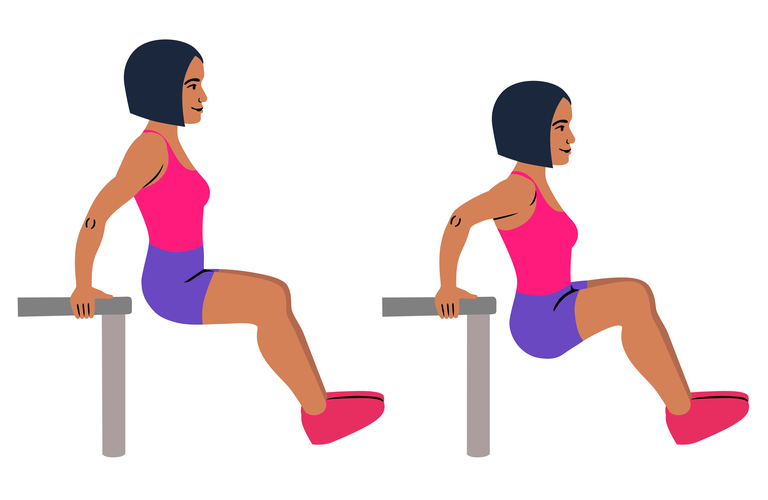
- Lateral pull-downs (with resistance band)
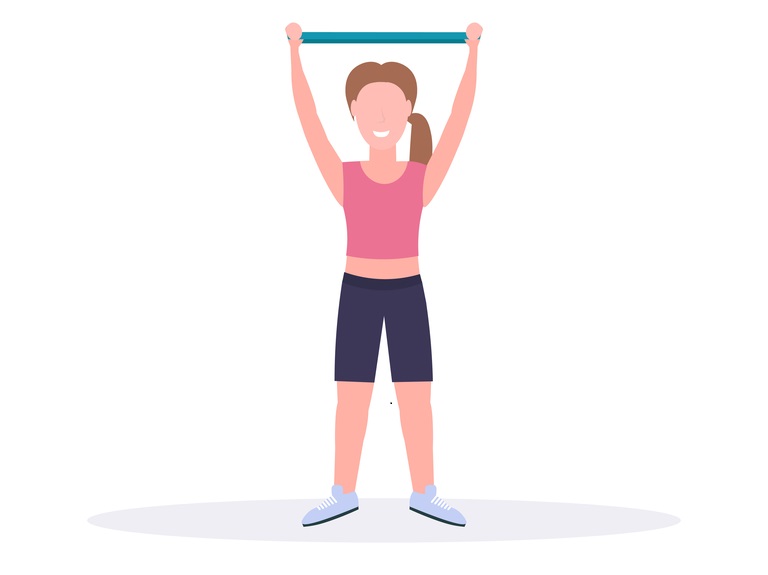
- Shoulder presses with dumbbells
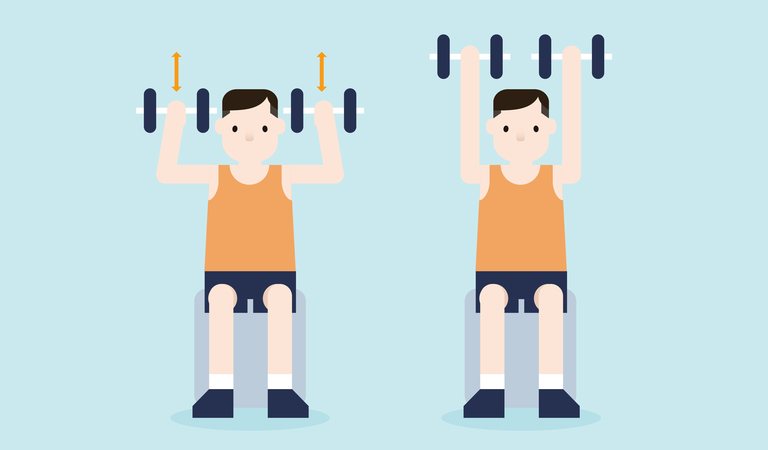
- Curls with dumbbells or band
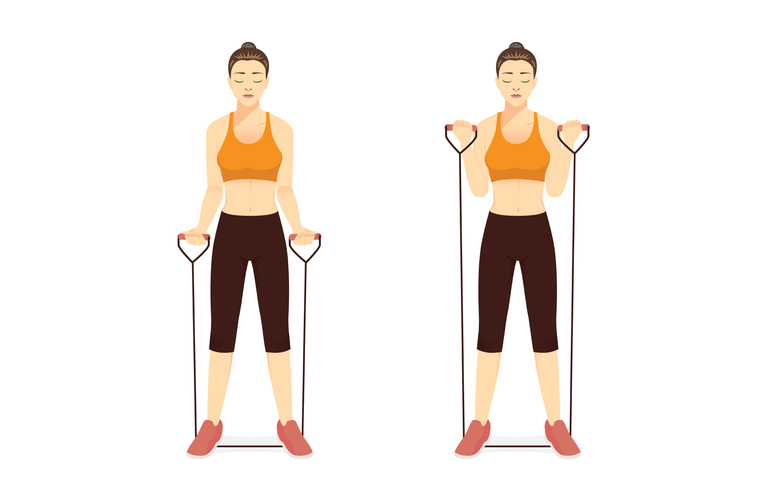
- Plank shoulder taps
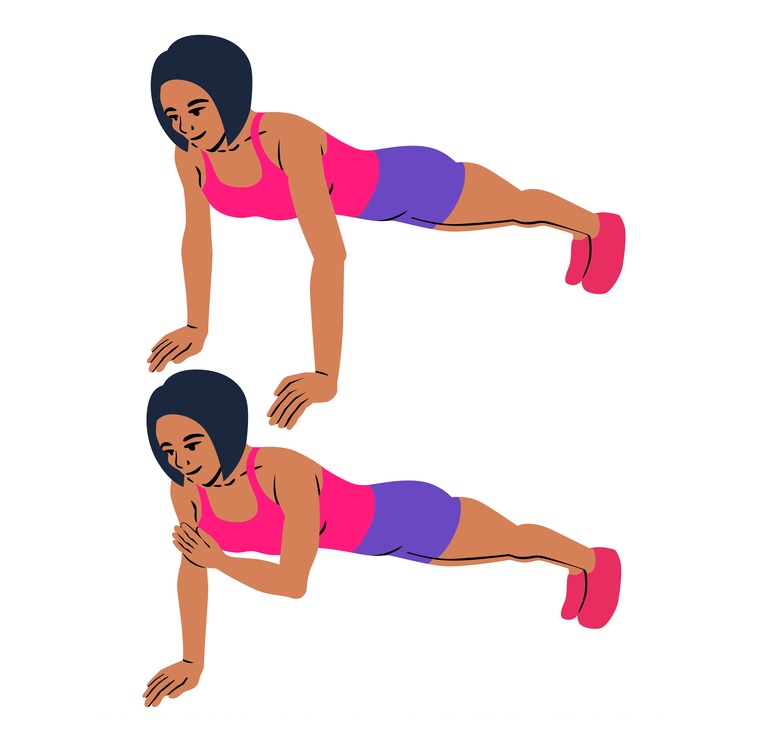
3 Core
- Lying leg raises
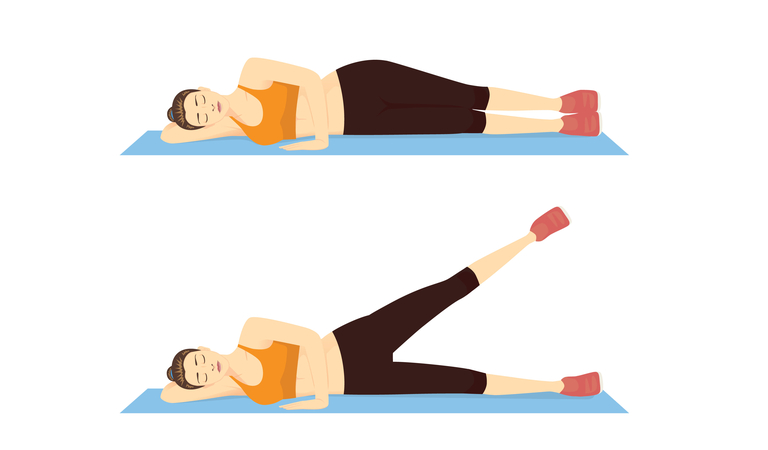
- Lying bicycle crunches
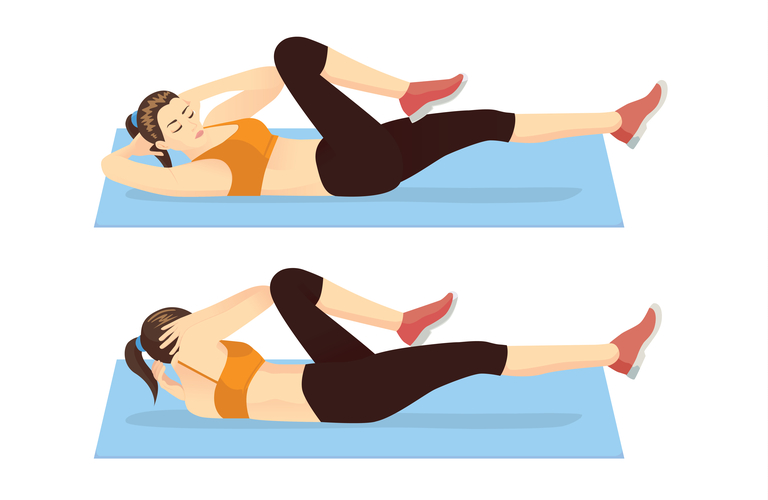
- BOSU ball exercises
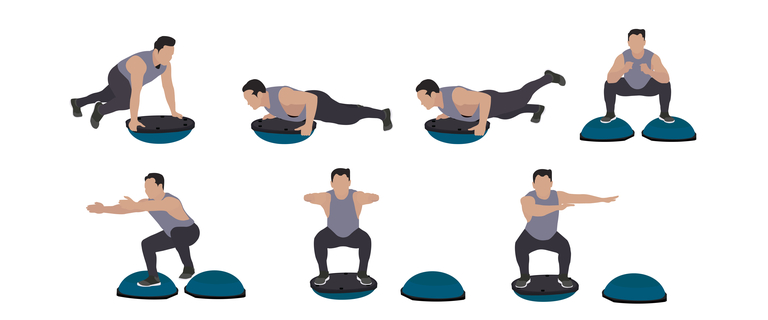
- Plank variations
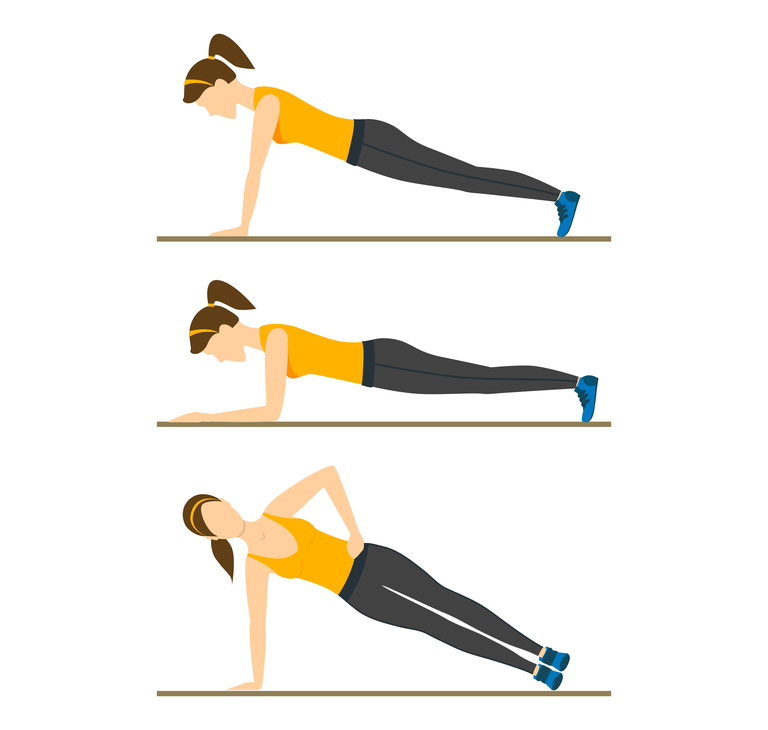
- Sit-ups
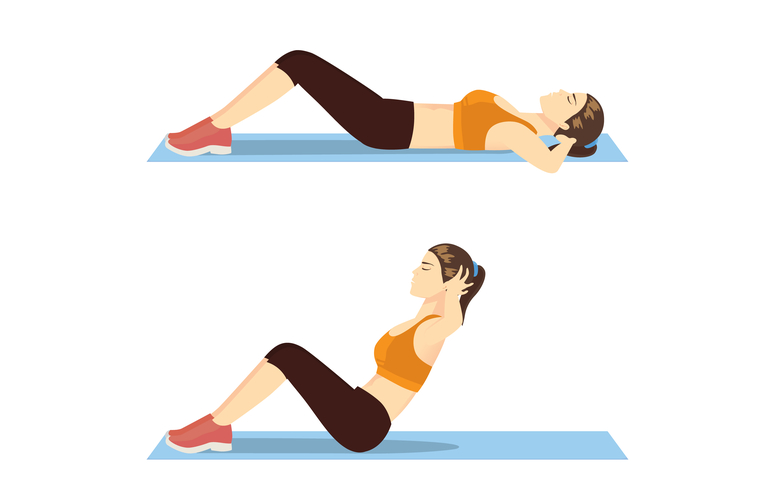
- Crunches
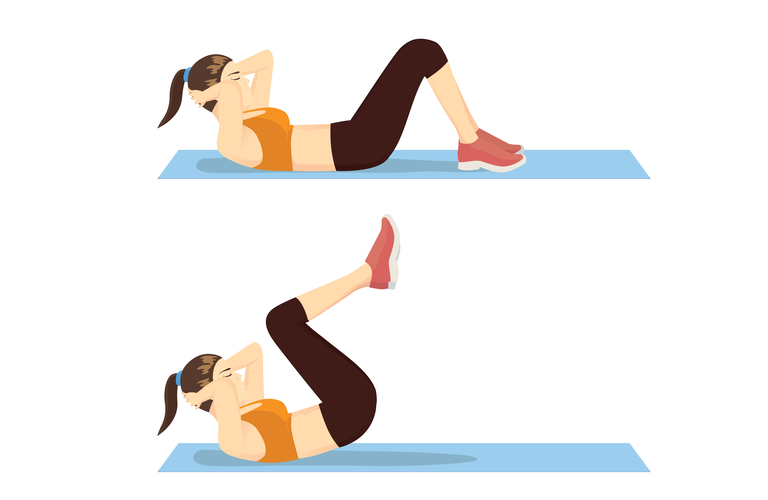
- Side plank using a chair
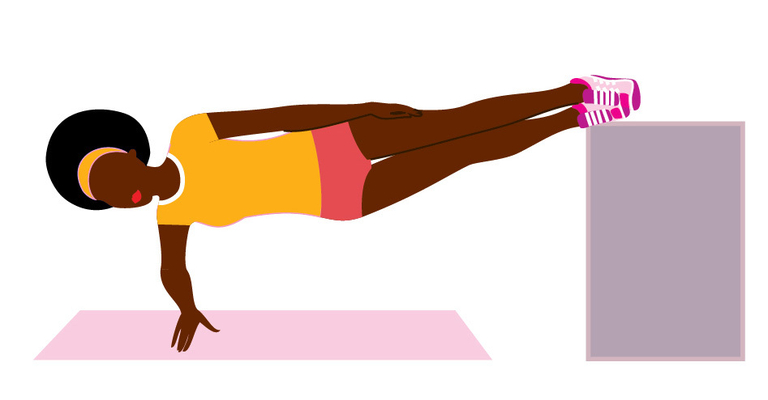
4 Total body
- Squat pulses (hold a squat position while pulsing your hips up and down)
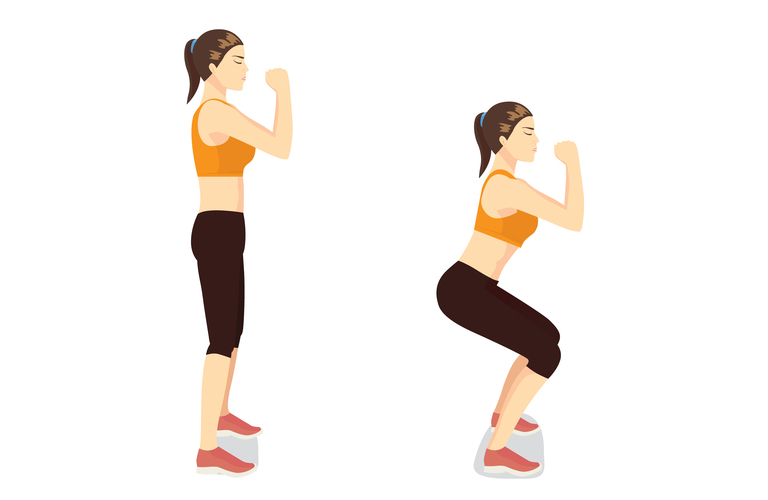
- Step up onto a chair and step down
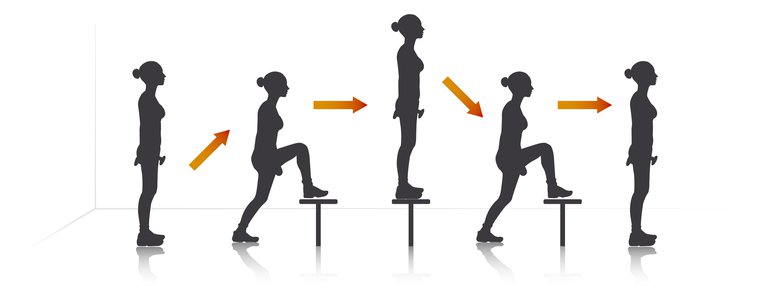
- Floor mountain climbers
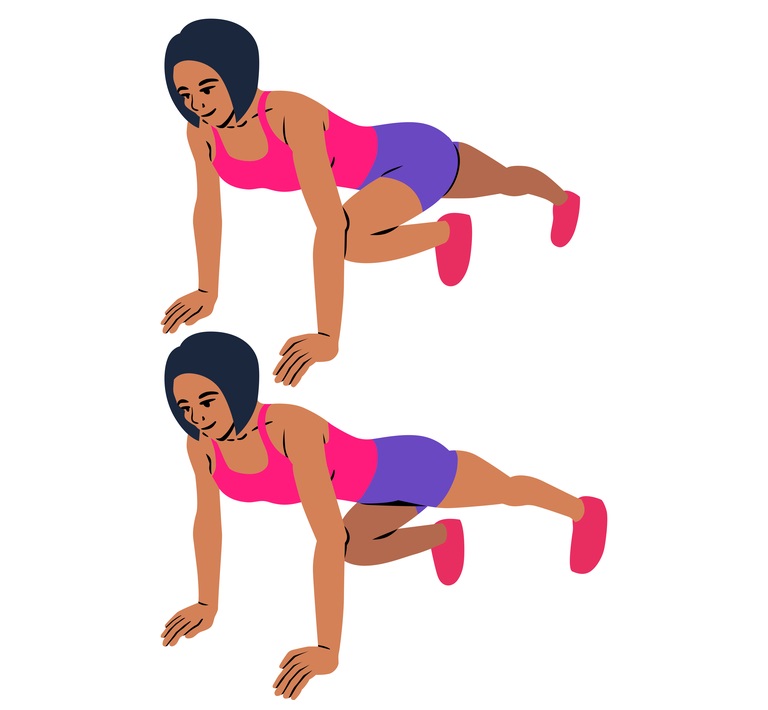
- While planking, touch your elbow with your knee, alternating sides
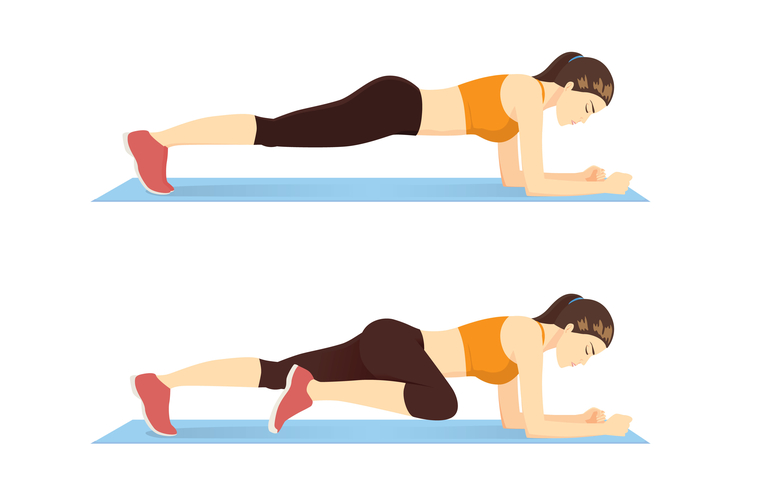
- Wall sit
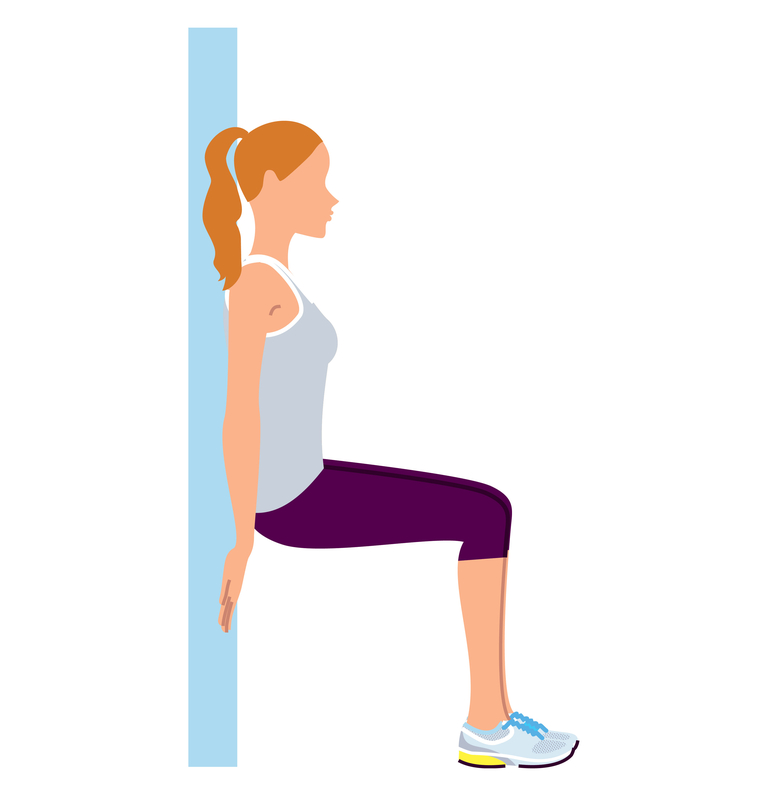
- Squat jump into a plank
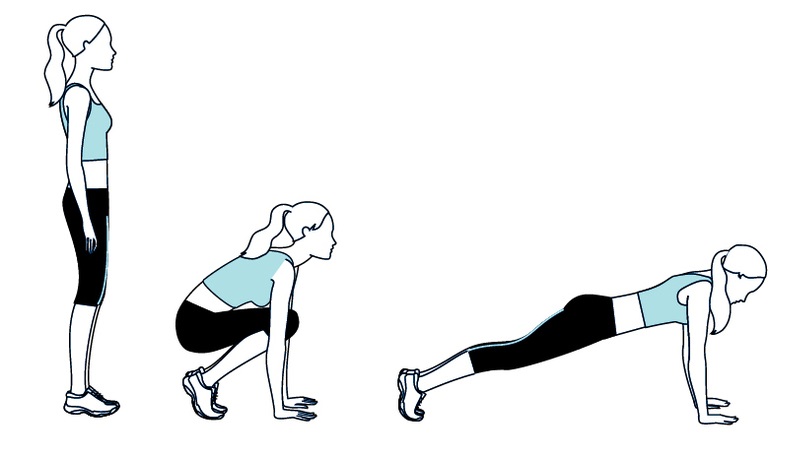
- Torso rotations
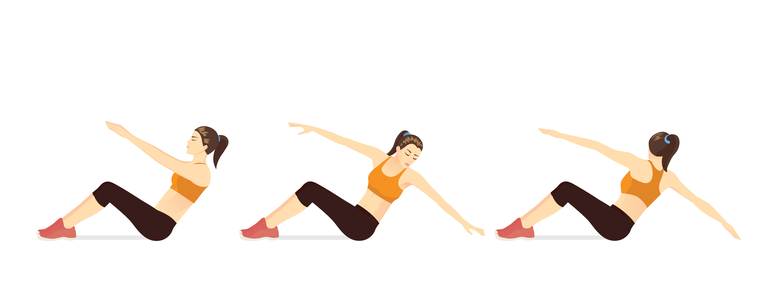
Now that we know all of the exercises for different muscle groups, which group of muscles should office workers focus on, in particular?
- Vanessa: “For office workers, mostly the posterior chain: back, legs, glutes, and core.”
- Roya: “Office workers should focus on opening the chest and releasing tight muscles in the front of their body while engaging the back to pull the shoulders back and down away from the ears. Also, release tight hips and activate legs and glutes.”
- Nicolette: “As a postural specialist, I find the back and spine are of the utmost importance; your limbs are an extension of your back and are highly influenced by the health of your back. Ensuring your back stays safe through movement and stretches can then improve the safety of your arms and legs.”
- Rob: “All muscle groups are equally important.”
After so many hours of sitting at your computer, your tightened muscles could definitely use some stretching. Below, check out the best stretches after a long day at the office.
- Pigeon stretches for the glutes
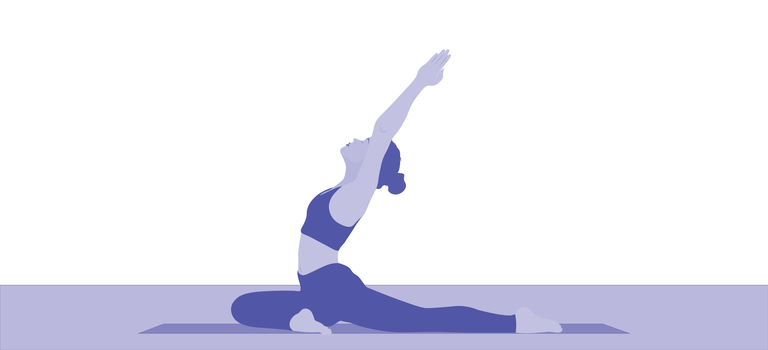
- Toe touch stretches
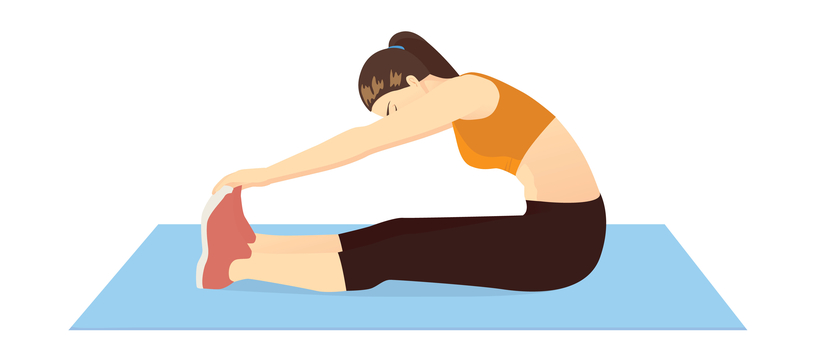
- Cat-cow stretches
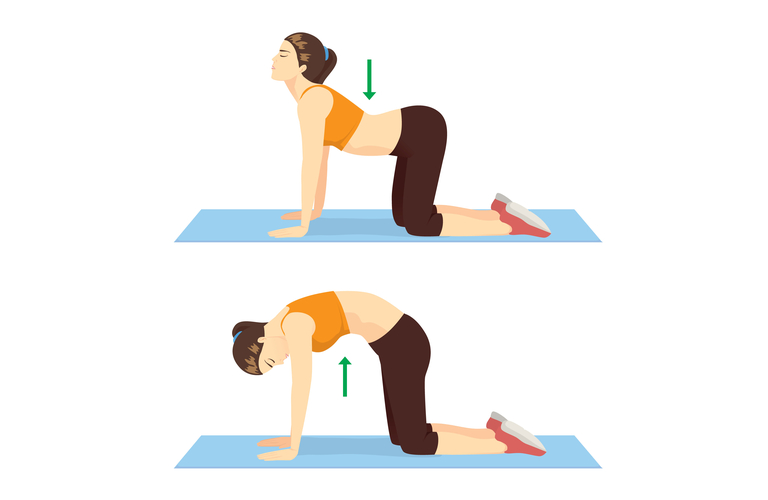
- Downward dog
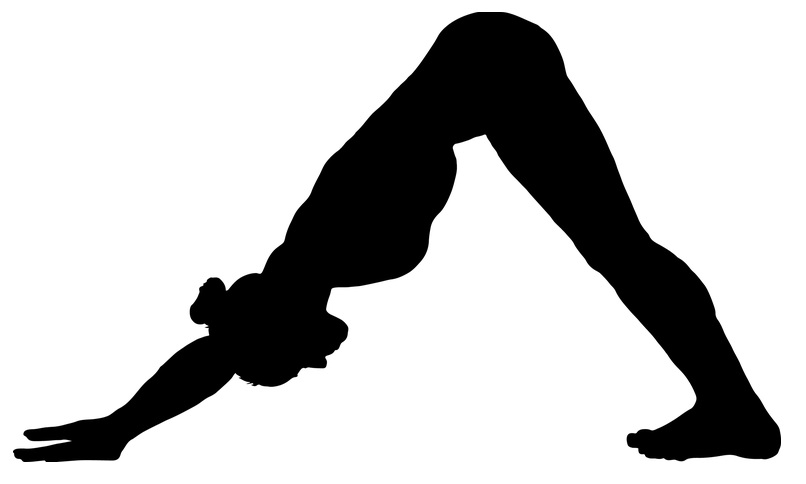
- Crescent/twisted lunges
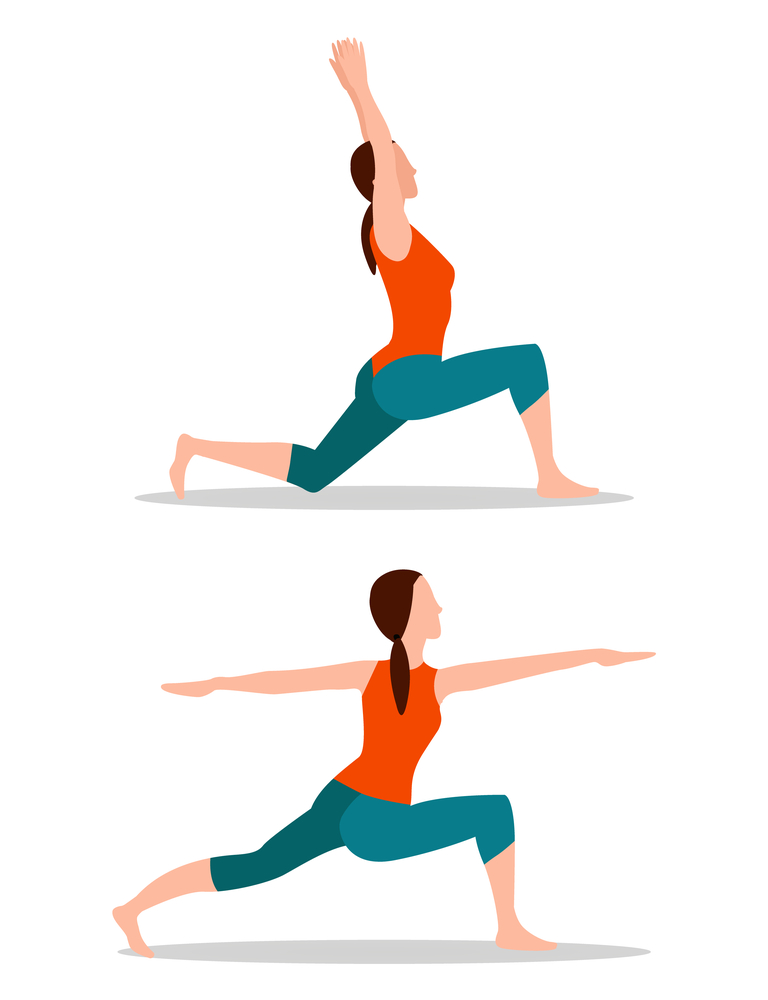
- Malasana squat
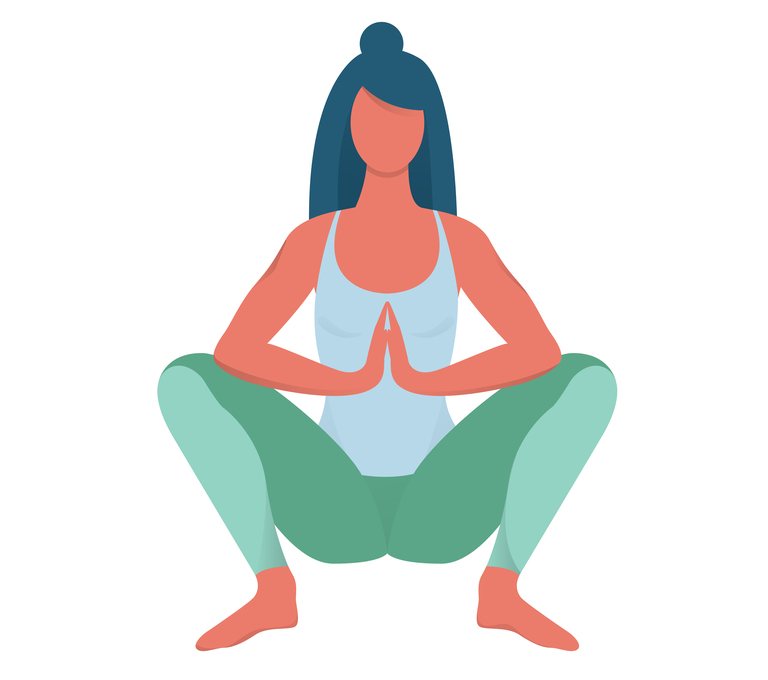
- Forward fold (sitting or standing)
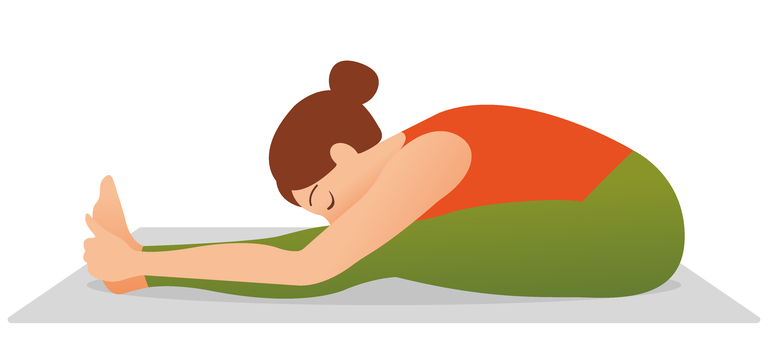
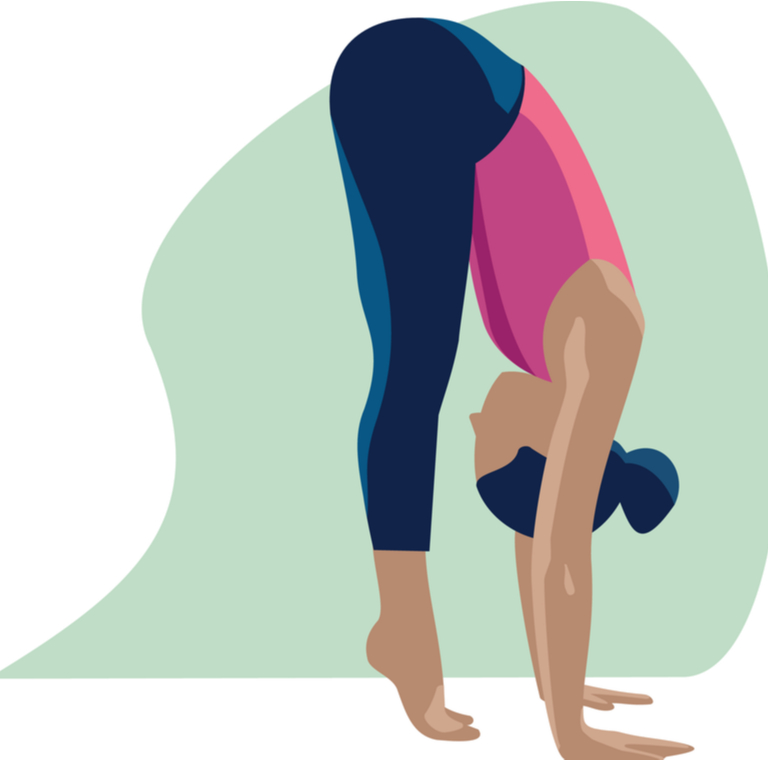
- Quad stretches
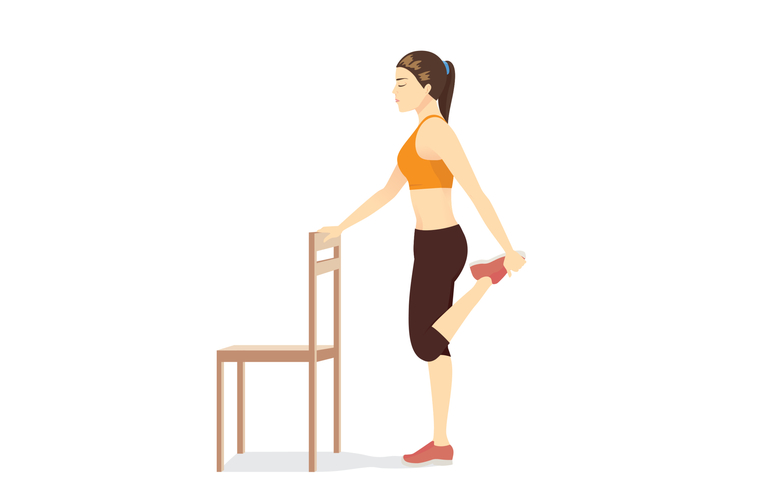
- Bridge pose
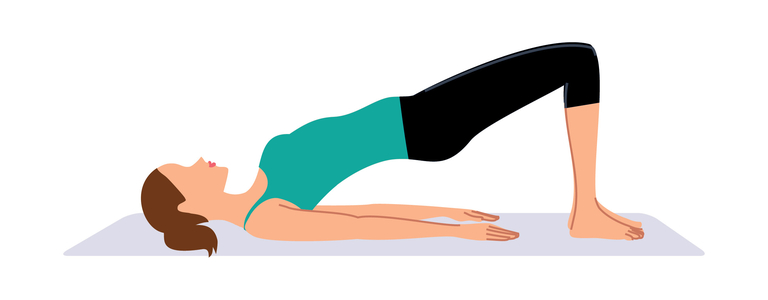
- Balasana pose (child’s pose)
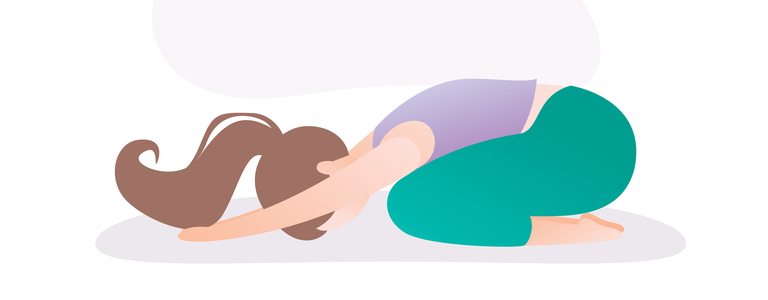
- Pectoral muscle stretch (using a wall)
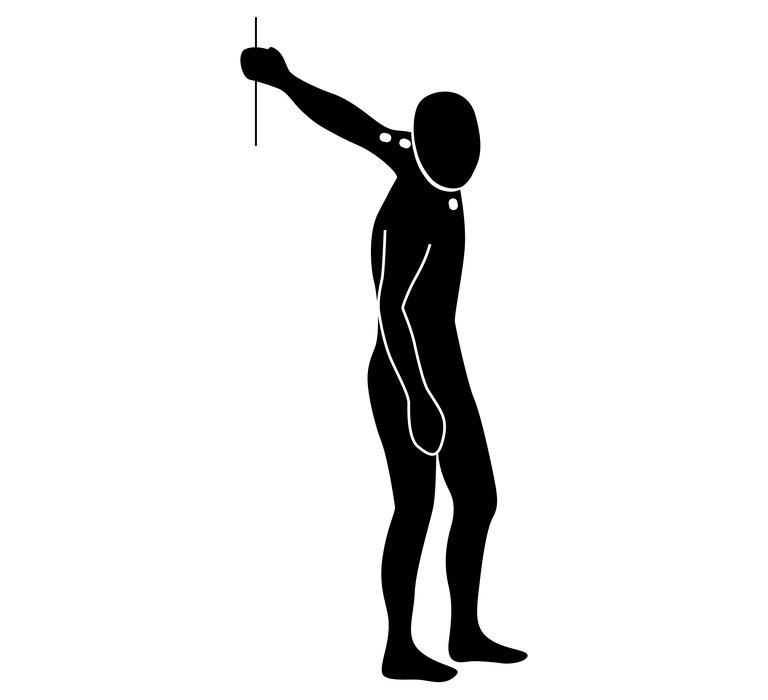
Similarly, if your desk job has taken a toll on your posture, there are also exercises and posture techniques you can try to remedy it. For example:
- Place a pillow on your lower back to prevent hunching over
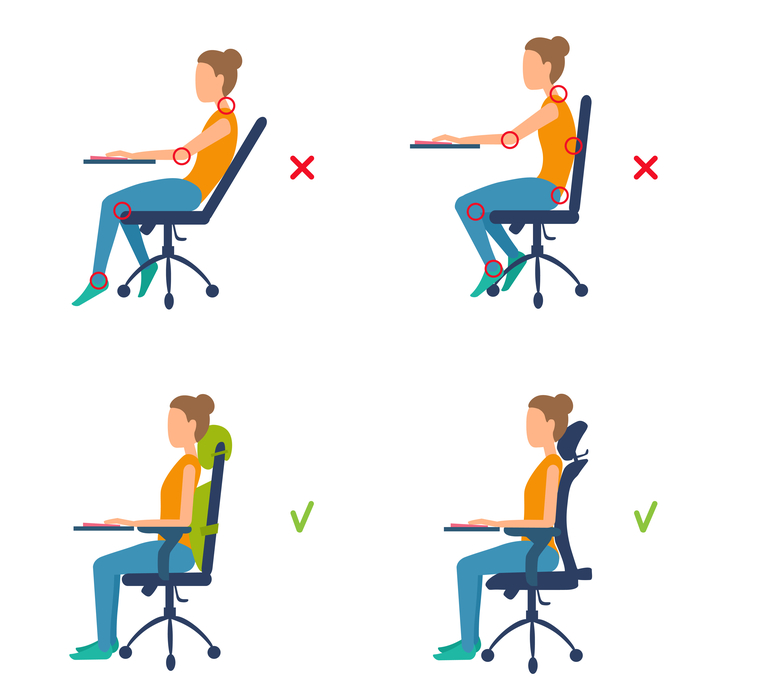
- Chest stretches against the wall
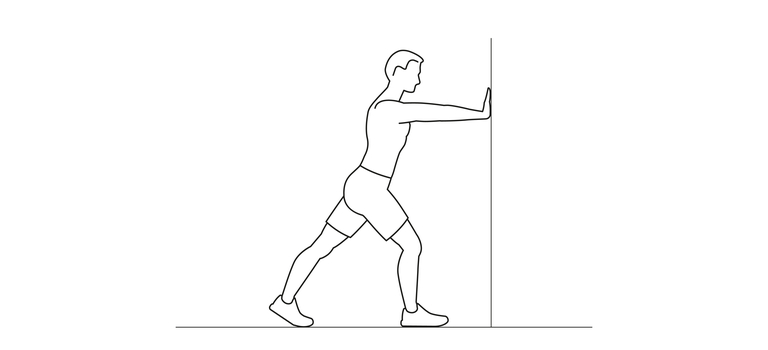
- Abdomen stretches
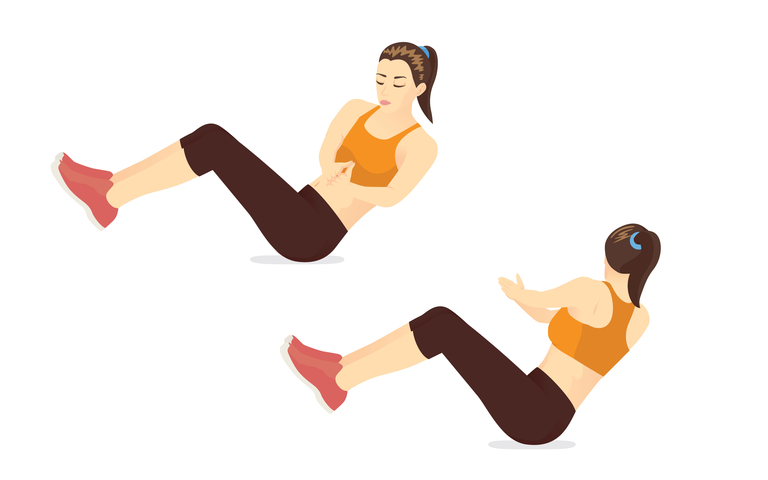
Specifically in regards to breathing exercises:
“Breathing is very important for posture and is easy to practice while working at a desk,” Nicollete said. “Proper breathing helps the deep core muscles to fire and support, which contributes to a stronger and more upright posture because the spine is being supported. Think of the breath as being three parts. The first two parts [are] the belly breath. Inhale through the nose and fill the belly with air like you’re filling up a balloon. Then, with the last third of the breath, slightly fill the chest with air, hold for just a moment and then exhale through the mouth. When you exhale, draw the navel toward the spine. This automatically activates the TVA, Transverse Abdominus, the ‘corset of the spine.’”
Now that you have some exercises to help your posture, there’s another element to a healthy body while working an office job – sleep. Here’s what the experts had to say about the importance of sleep:
- Cynthia: “Sleep affects everything. It is vital and can totally play a role in your daily posture. If you feel exhausted, your body is going to show it mentally and physically over time. So, try to get in the habit of getting those eight to nine hours of good rest. Unplug from electronics by 8 p.m., I tell my people. Shut down your computer.”
- Vanessa: “Sleep helps with everything. It will improve your mental focus. Sleeping is when your body recovers and regenerates. Also, when you’re in deep sleep, you burn the most calories.”
- Roya: “How you sleep can help. Make sure your spine is in proper alignment.”
- Nicolette: “Sleep is a huge factor in everybody’s health. The more sleep we get, the more efficient our bodies will work. Sleep influences how we interact with the world, how we feel and, in turn, can affect how we move. Your sleep positions also influence your posture. For example, those who tend to sleep on their stomach can oftentimes develop forward-rounded shoulders, a less-efficient posture that can contribute to pain and discomfort.”
- Rob: “Without a doubt!”
Our fitness experts also had advice on how much time an office worker should ideally spend working out.
- Coach P: “At least 10,000 steps throughout the day and 45 to 60 minutes of exercise, even if it has to be split up in two sessions throughout the day.”
- Vanessa: “Because you sit for so many hours, your body shuts down very important muscles, like your core, glutes and upper back. This causes other muscles to do the job of these muscles and ultimately causes low-back pain, knee pain, and neck pain. Certain muscles are being overworked and compensating for others. So, I recommend working out at least three days per week. Focus on posterior chain muscles like back, glutes [and] hamstrings to balance the overworked muscles and tight hips.”
- Roya: “30 to 45 minutes every day.”
- Nicolette: “20 minutes of movement daily is a great start! Even just going for a walk is an incredible way to get exercise in.”
- Rob: “30 minutes can work wonders if done with the right intention and intensity.”
Staying motivated might be difficult at first, but as you build a routine around a workout schedule and see the effects, you’ll be more motivated to stick with it. Remember, your workouts don’t just make you physically healthier; they also improve your mental state, increasing office productivity. Here’s what our experts had to say about staying motivated and productive:
- Roya: “Exercise creates blood flow to the brain, releases endorphins to increase enthusiasm and relieves stress.”
- Nicolette: “I find that any way to constantly change your position and your environment helps stimulate productivity. Whether it’s simply getting up to get water, going on a quick walk outside or doing a few squats. Moving and allowing the blood to flow through the body will help the body feel better and, in turn, help the brain!”
If your office building comes with a gym, take advantage of it and practice some of the exercises listed above. Plus, integrating a gym into the office building is sure to increase a company’s productivity and employee retention rate. You can also rent fitness equipment here.
- Vanessa: “I think if employees had a gym in their office, it would motivate them to work out more, especially if they have a plan to follow.”
- Roya: “I believe a gym is helpful, but you can do exercise without it and with minimal equipment, like bands and small weights. I find that it’s most helpful if the company provides fitness classes for its employees. My company RoyaFit does this quite often and it’s very successful.”
- Nicolette: “I believe any way to make movement and exercise more accessible is always helpful. Gyms are oftentimes very intimidating for those who are not familiar. Having access to a space for working out removes one hurdle.”
Finally, the trainers wrapped up with their final thoughts and additional insights:
- Vanessa: “Being healthy and fit is more than just what you look like. Having a regular resistance training program along with yoga/ mobility stretching will help your overall body function better. The food you eat will dictate your thoughts, your emotions, [and] therefore your decisions, actions and life. The body works like a machine: feed it right for your chemical makeup, work it out right, [and] rest enough and your entire life will change. If you want change, YOU need to change.”
- Roya: “Check us out at Royafit.square.site for our online programs and RoyaFit.com for more info about everything we do!”
- Nicolette: “Your seated posture is so important. In addition to constantly adjusting and getting up to reset the body, an understanding for what you might want to feel while seated is important. Let’s start with the feet and move up:
- Keep the feet planted, so make sure your seat is low enough you can reach the floor.
- From here, move to the hips. Think about tilting the pelvis so your butt reaches to the back of your seat. This will stretch your hamstrings, the back of your thighs. Try to feel this stretch.
- From here, think about a small arch in the low back, this is where a lumbar support pad can be helpful.
- Next, practice the breath and core engagement.
- Lift the collar bones up toward the ceiling slightly.
- Slide the shoulder blades down toward your back pockets and give your shoulder blades a little squeeze.
- Slightly tuck in your chin to bring your head back and over your shoulders.
Use this checklist to reconnect with your posture. If necessary, try setting an alarm every 20 minutes to remind yourself to maintain good posture!”
- Rob: “Stay consistent!”
Now that you have a list of exercises, stretches, posture checks and advice from some of the best trainers in the industry, all you have to do is try them out and keep track of your results!

